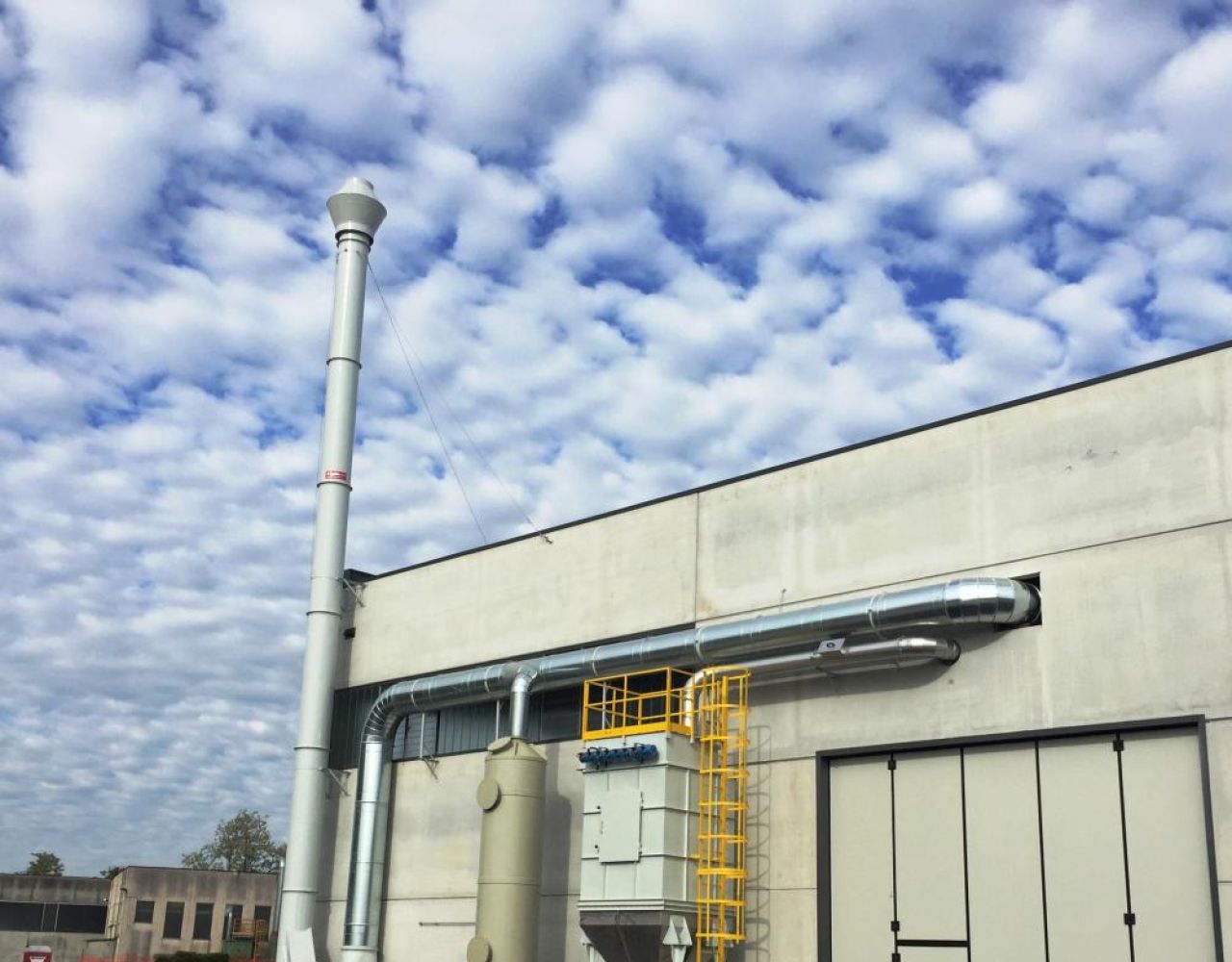SOLVENTS
VOCs
OVCs
VOCs
OVCs
Health and environmental risks in the workplace
VOCs (volatile organic compounds) or OVCs (organic volatile substances) are organic molecules of various sizes, often used as solvents, that are released into the air as a result of some processing. They can cause a wide range of effects ranging from sensory discomfort to serious health problems; at high concentrations in indoor environments, they can cause effects on numerous organs or systems, particularly on the central nervous system. Some of them are recognized as carcinogenic to humans (benzene) or to animals (carbon tetrachloride, chloroform, trichloroethylene, tetrachloroethylene).
Volatile Organic Compounds from industrial processes
-
Aliphatic hydrocarbons:are chemical species containing carbon and hydrogen, linked together by only single bonds. They constitute an important fraction of petroleum and are massively used in the field of fuels
-
Alkenes:are hydrocarbon species containing double bonds. They derive from production processes in the petrochemical industry and are very important intermediates for the synthesis of many compounds
-
Aromatic hydrocarbons:are very stable molecules, used in many processes (paints, varnishes, glues, enamels, lacquers…)
-
Aldehydes:are partially oxidized molecules, widely used in the chemical and agricultural industry (fungicides, insulators, germicides, resins, disinfectants…)
-
Alcohols:are widely used as solvents or as intermediates in chemical processes of high importance. Lately they are assuming an ever increasing importance in the field of automotive fuels
-
Ethers:find use in specific contexts, where they can be found as air contaminants. For example, THF (tetrahydrofuran) is used as an industrial solvent, while MTBE (methyl-tert-butyl ether) is widely used as an antiknock agent in green gasolines
-
Halogenated organic compounds:large quantities of halogen derivatives, both aliphatic and aromatic, are used in industrial applications. They are generally volatile, hydrophobic and toxic compounds, and are widely used as pesticides and refrigerants
-
Organosulfur compounds:On a large scale, these compounds do not pose a serious environmental problem, but at a local level they can be harmful. Human activity produces them through the treatment of animal waste and wastewater and in oil refining processes
-
Organonitrogen compounds:This category includes a large number of chemical species (amines, amides, nitriles…) that are used in a wide range of sectors. These include the production of dyes, pharmaceutical and cosmetic chemistry, photography and the production of rubbers and polymers





